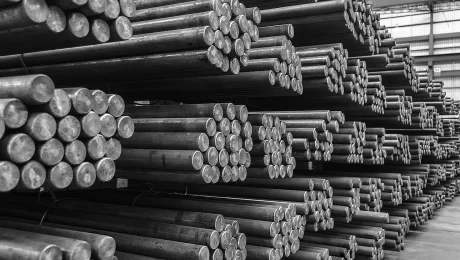The Ultimate Guide to Steel Composition: What Makes Steel Strong and Versatile
Have you ever wondered what makes steel so incredible? From skyscrapers to kitchen utensils, steel is everywhere. But do you know what exactly goes into creating this amazing metal? Understanding Steel Composition can help you grasp why steel is durable, flexible, and perfect for so many uses. Keep reading because soon you’ll learn some fascinating facts about what makes steel unique, and maybe even discover some secrets behind its strength.
What Is Steel Composition?
Steel Composition refers to the types and amounts of elements that are mixed together to make steel. Think of it like a recipe—you need just the right ingredients in the right amounts to get the desired result. In steel, these ingredients influence how strong, flexible, or resistant to corrosion it becomes.
Main ingredients in steel include:
- Iron: The primary metal in steel.
- Carbon: Adds strength and hardness.
- Other elements: Such as manganese, chromium, nickel, and others that improve specific qualities.
Why Does Steel Composition Matter?
Different steel compositions are made for different purposes. For example, some steels are super strong for construction, while others are more flexible for making tools. The specific mix of elements determines its properties, like how easily it can bend, how long it will last, and whether it resists rust.
Types of Steel Based on Composition
Steel isn’t just one thing; it includes many types, each with its own composition and uses. Let’s explore some common types:
1. Carbon Steel
Carbon steel is made mainly of iron and carbon. The amount of carbon can vary:
- Low carbon steel: Less than 0.3% carbon, flexible and easy to shape.
- Medium carbon steel: 0.3% to 0.6% carbon, stronger and harder.
- High carbon steel: More than 0.6% carbon, very hard but less flexible.
This type is used in nails, blades, and pipes.
2. Alloy Steel
Alloy steels have additional elements added to improve certain features:
- Chromium: For rust resistance.
- Nickel: Adds toughness.
- Manganese: Improves strength and workability.
These steels are often used in machinery and automotive parts.
3. Stainless Steel
Stainless steel contains at least 10.5% chromium, which makes it resistant to rust and corrosion. This steel is popular in kitchenware, medical tools, and jewelry. Its composition includes a mix of iron, chromium, nickel, and sometimes molybdenum.
How Elements in Steel Affect Its Properties
The properties of steel are directly tied to its composition:
- Strength and Hardness: Increased by higher carbon content.
- Flexibility: Enhanced by lower carbon levels.
- Corrosion Resistance: Improved through elements like chromium and nickel.
- Ductility: The ability to stretch without breaking; affected by the type and amount of alloying elements.
By understanding these relationships, manufacturers can create the perfect steel composition for specific needs.
The Process of Making Steel: How Composition Is Controlled
Steel is made in a furnace where raw materials are melted together. Adjusting the amounts of different elements during this process controls the steel composition. Modern techniques allow precise control, ensuring the steel’s properties match what is needed.
Why Knowing Steel Composition Is Important
Even if you’re not making steel yourself, understanding Steel Composition helps you make smarter choices when buying or using steel products. For instance, knowing that stainless steel resists rust can guide you toward the right material for outdoor equipment.
Final Thoughts: The Secret Behind Steel’s Versatility
The key to steel’s success lies in its composition. Small changes in the ingredients can make big differences in how steel behaves. By learning what elements are commonly used and how they influence properties, you can appreciate why steel is one of the most versatile and essential materials in the world.
So next time you see a building, a car, or even a kitchen knife, think about the steel composition behind it—and the science that makes all that strength, flexibility, and durability possible.
Secondary Keywords
Steel Round Bars, Iron Content, Alloy Elements, Corrosion Resistance, Construction Steel

